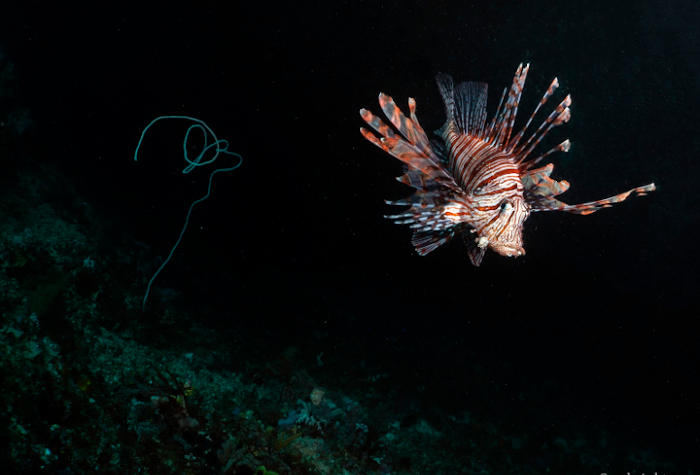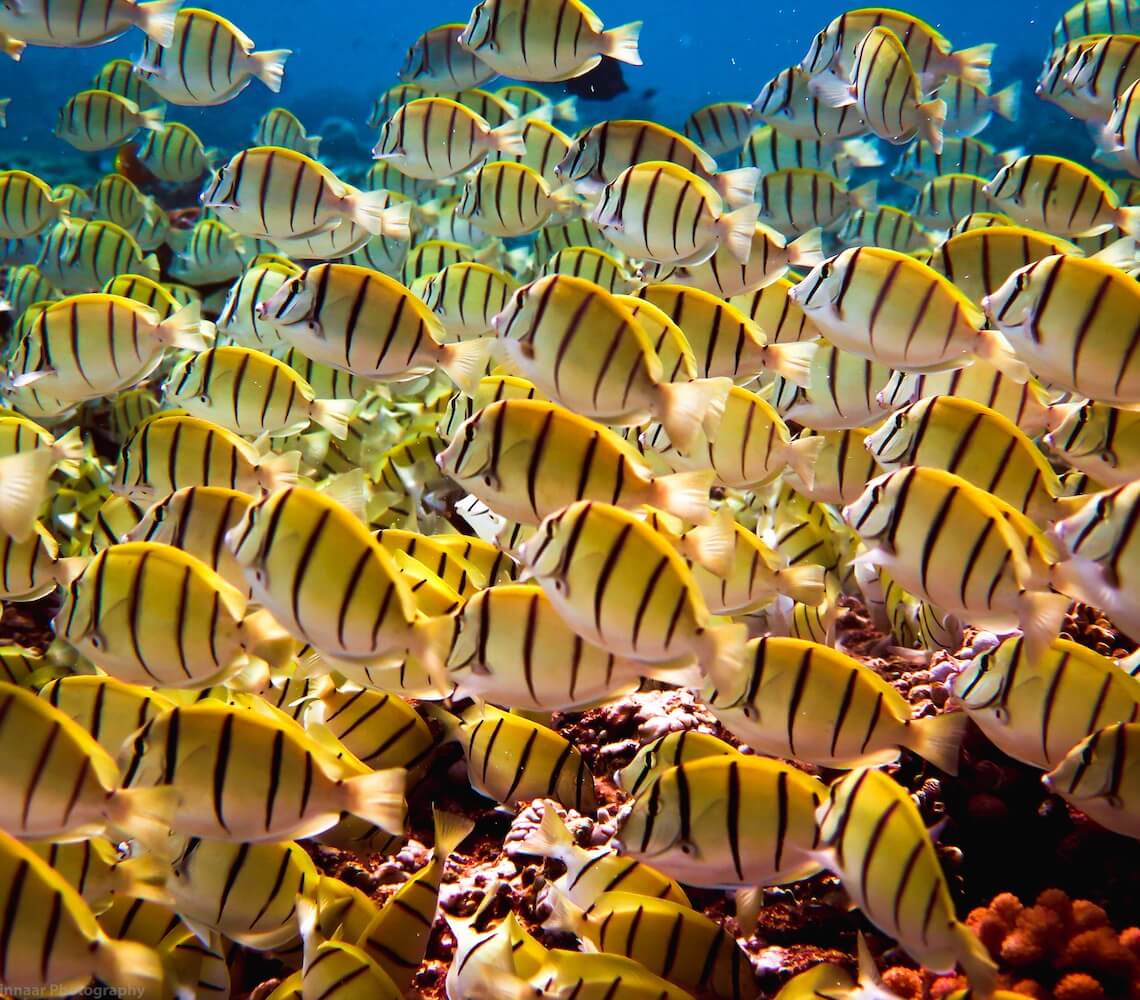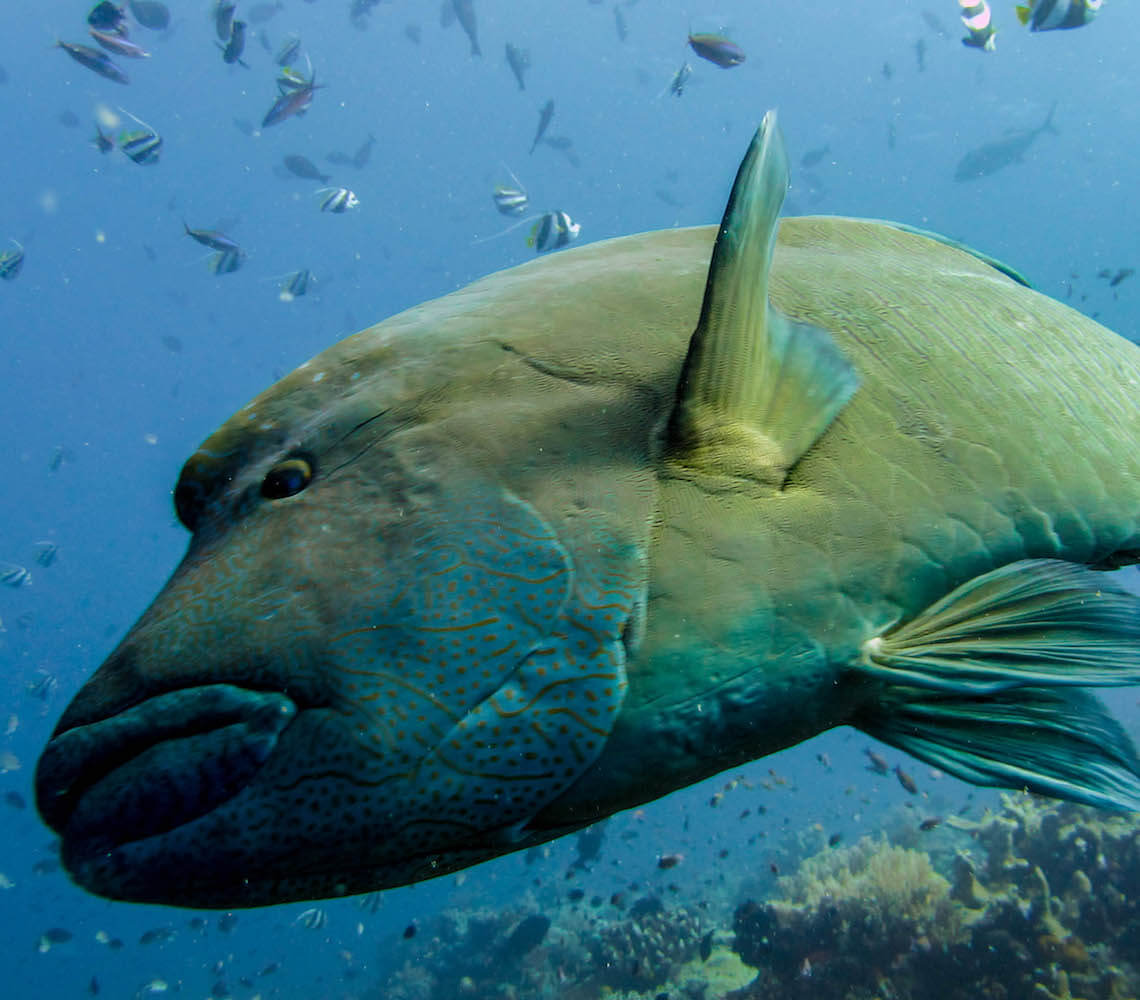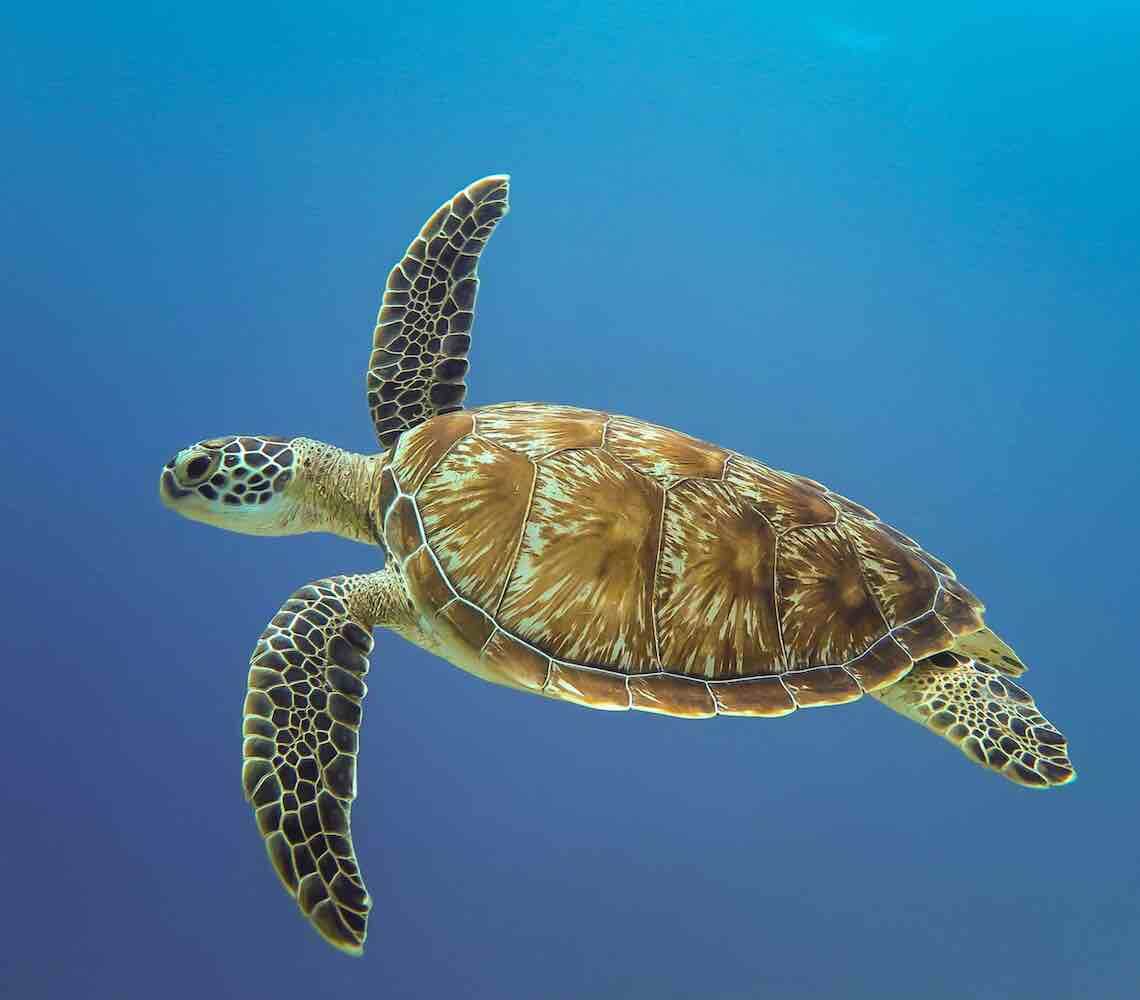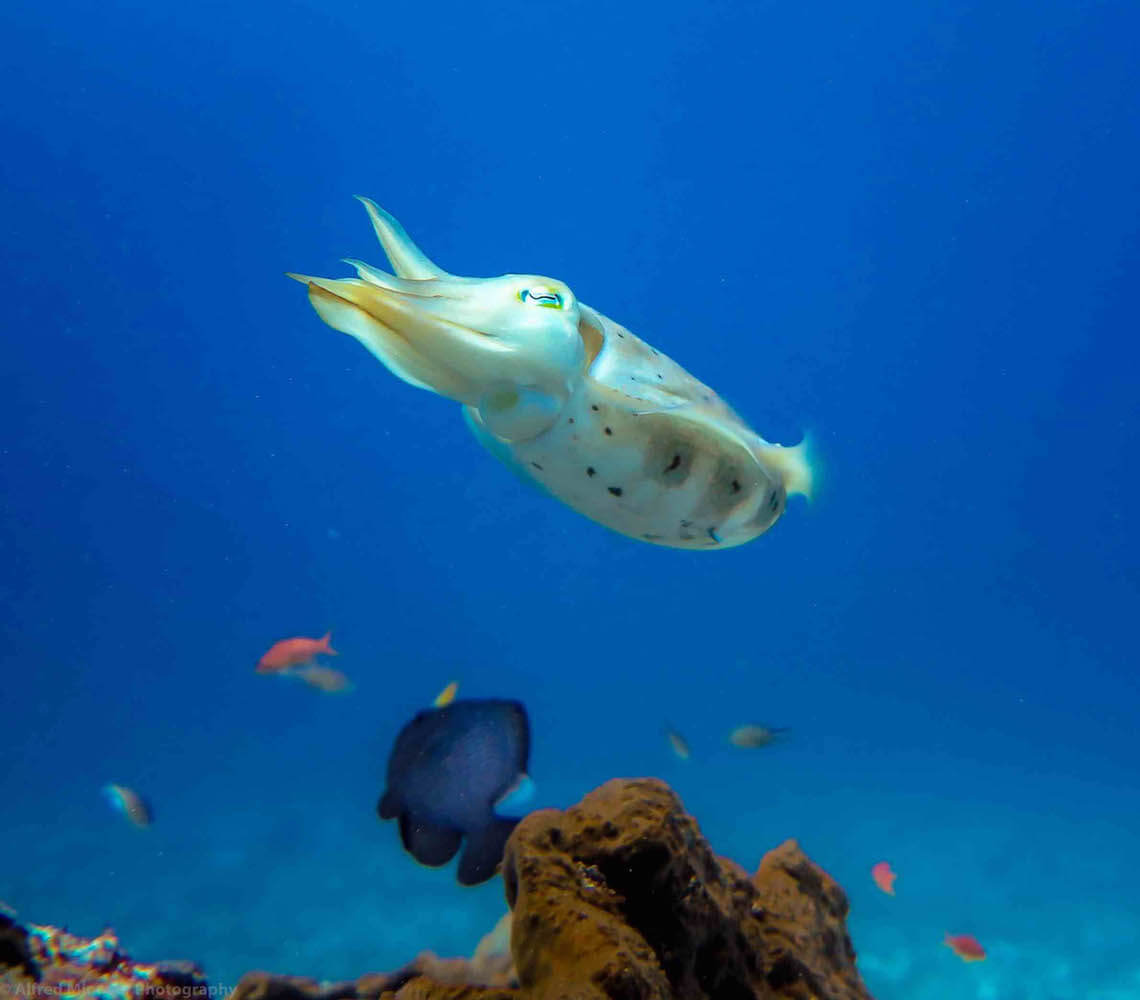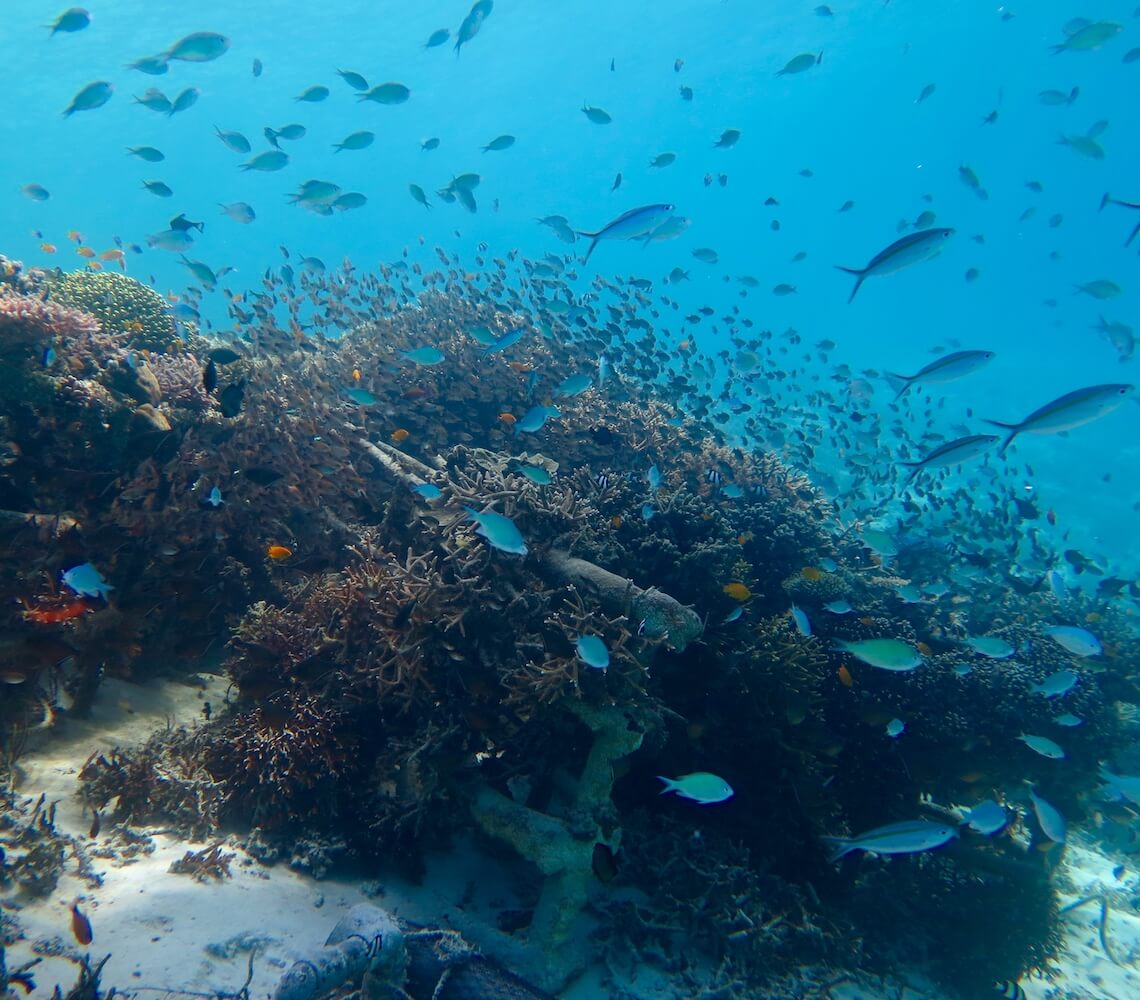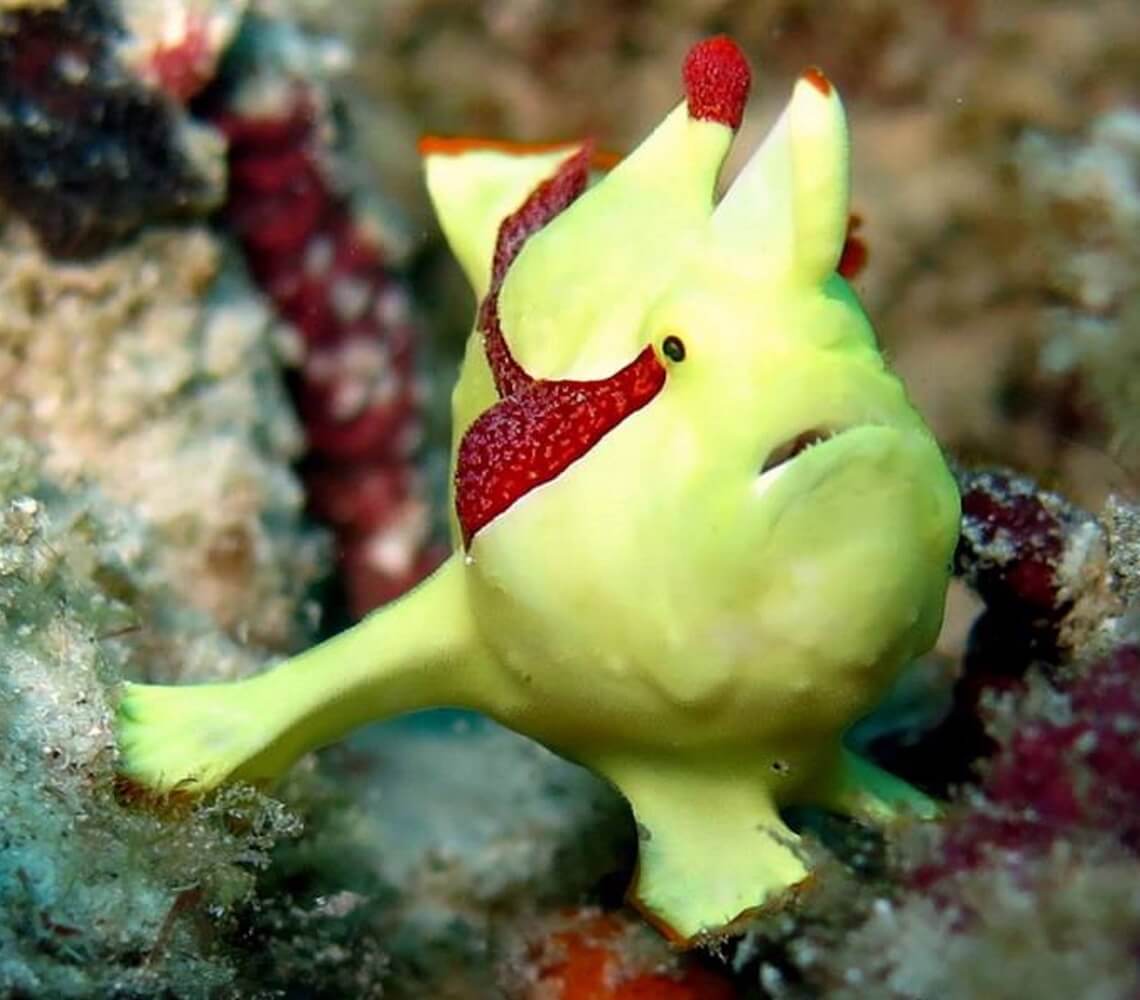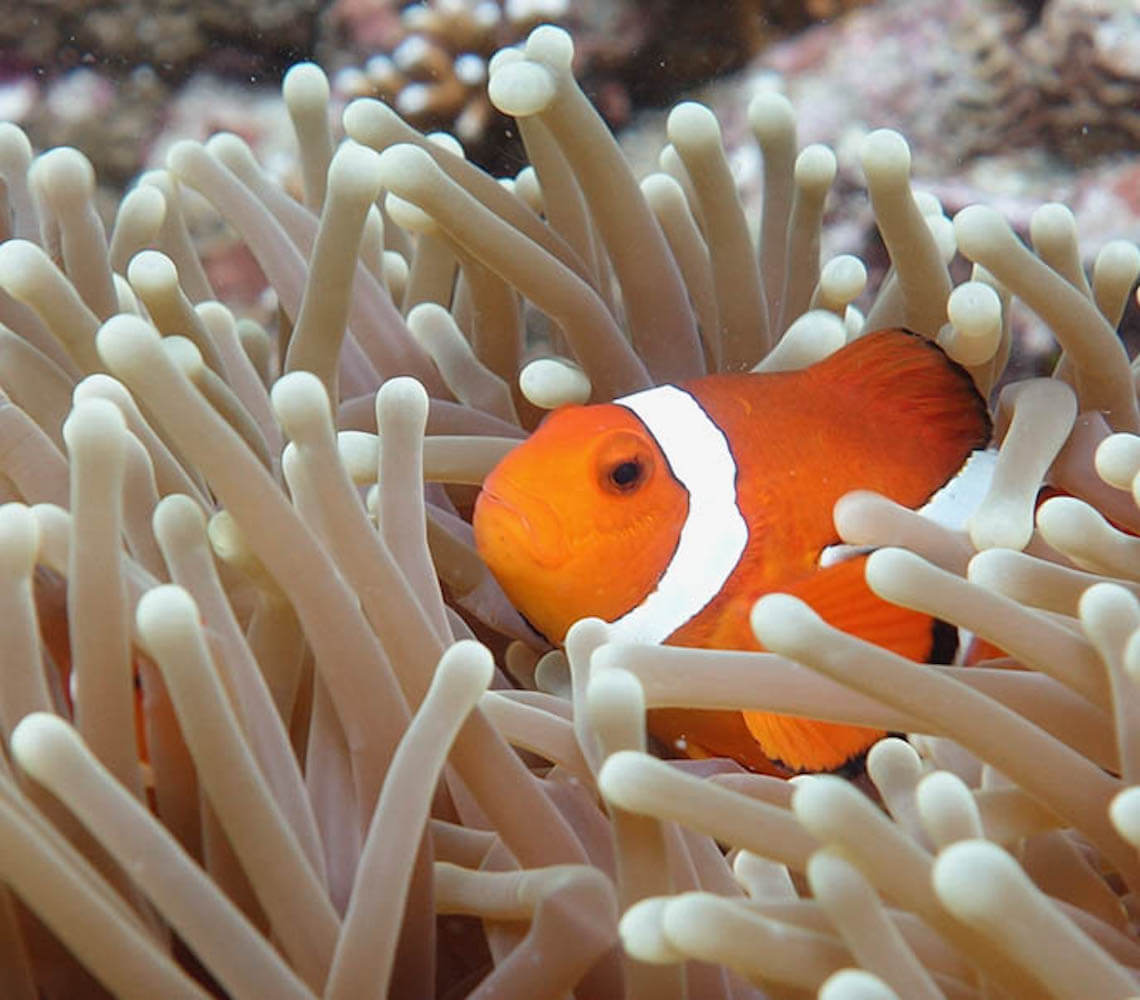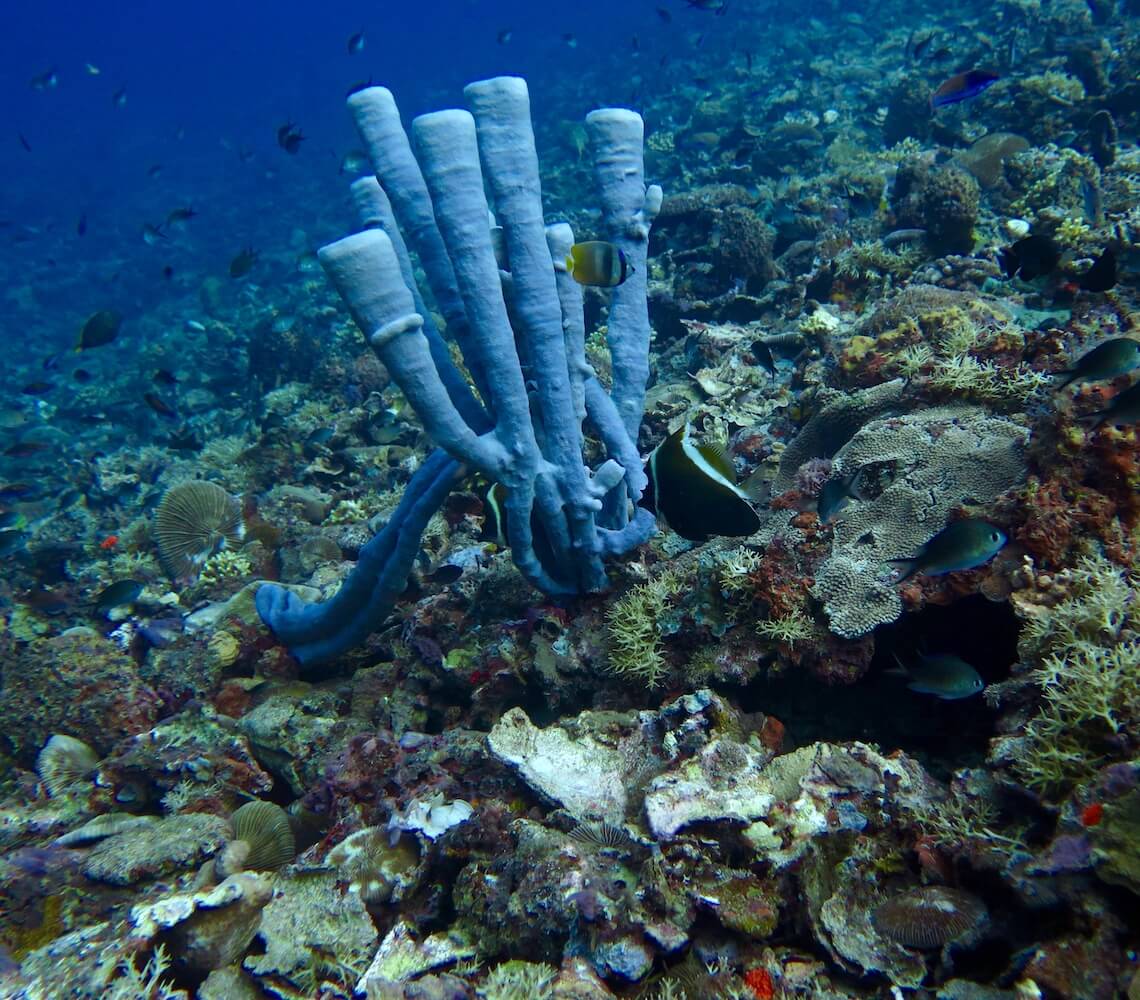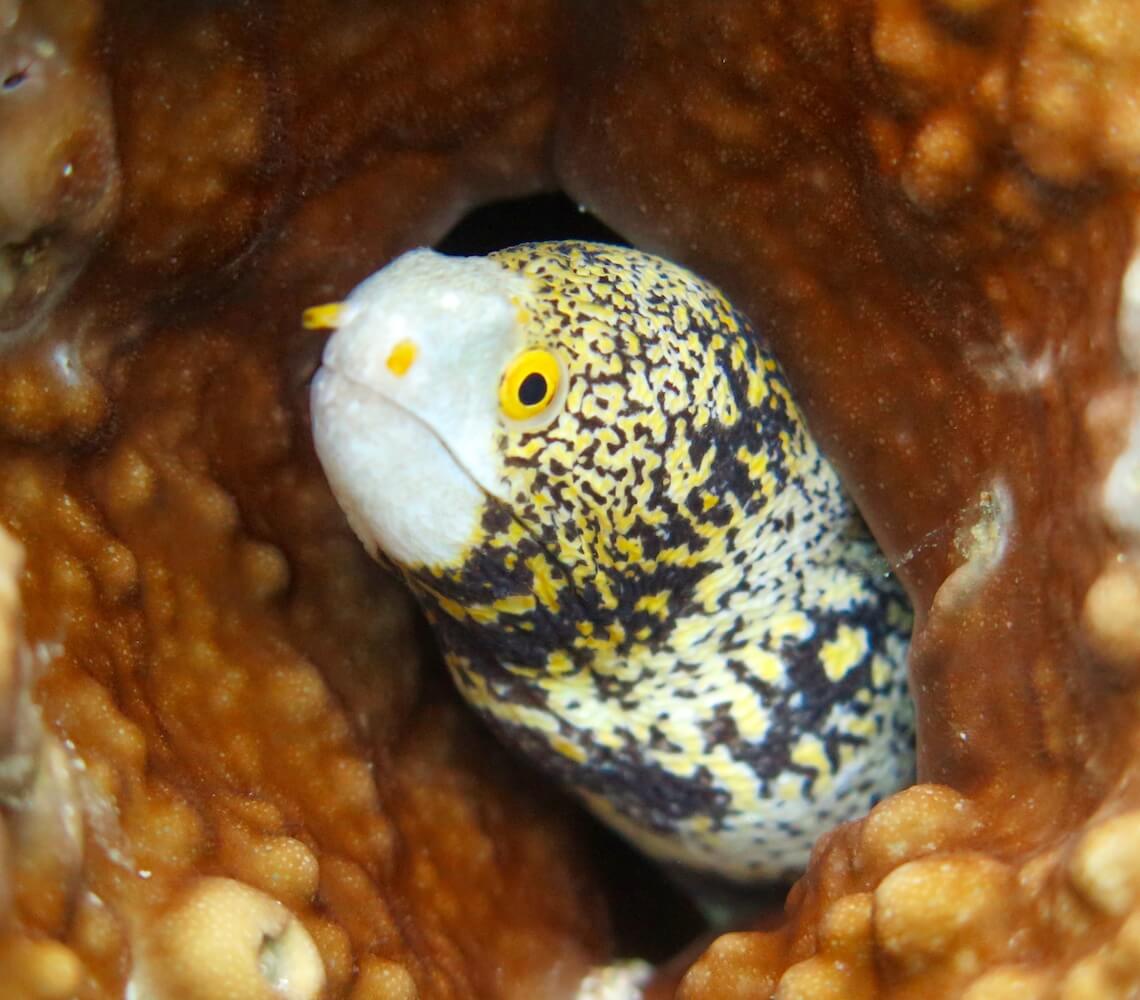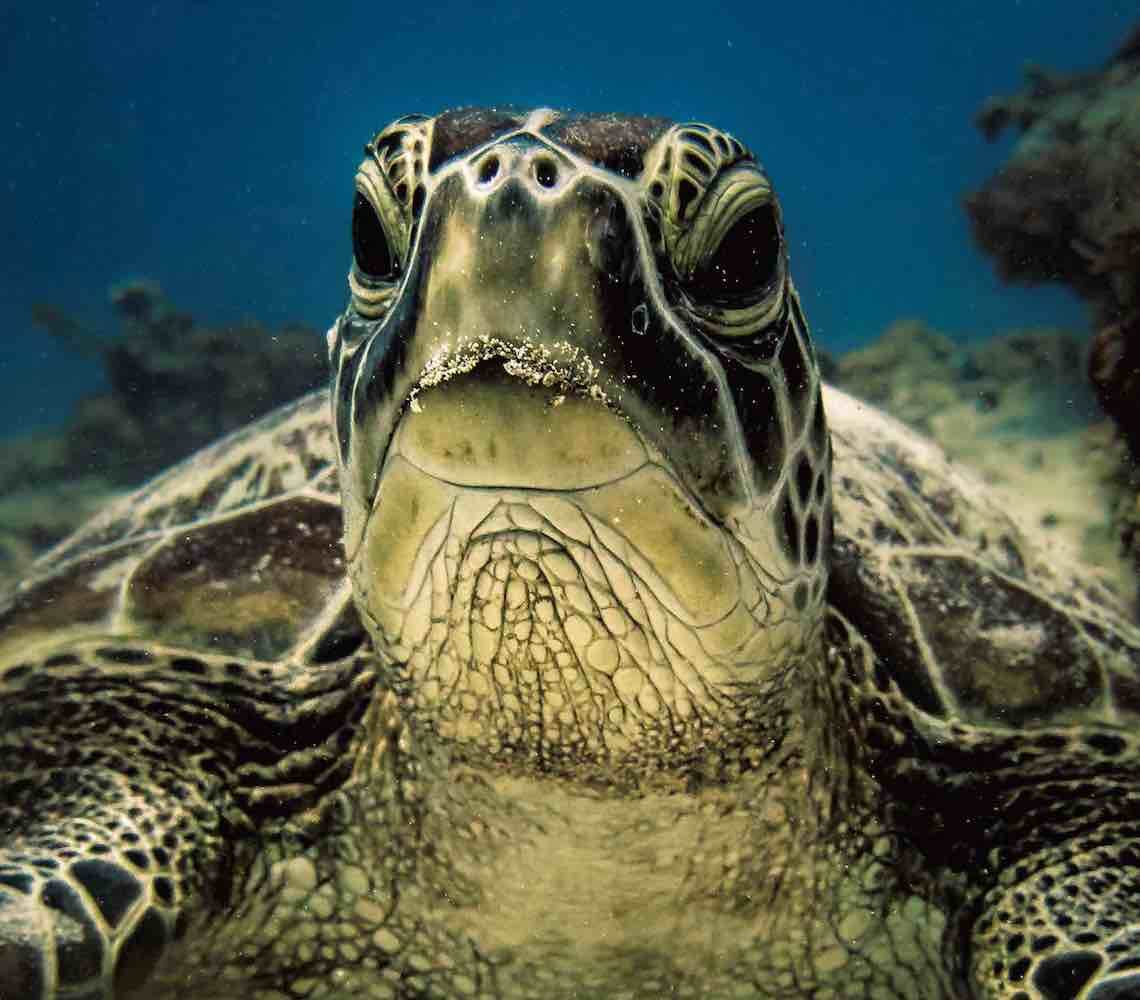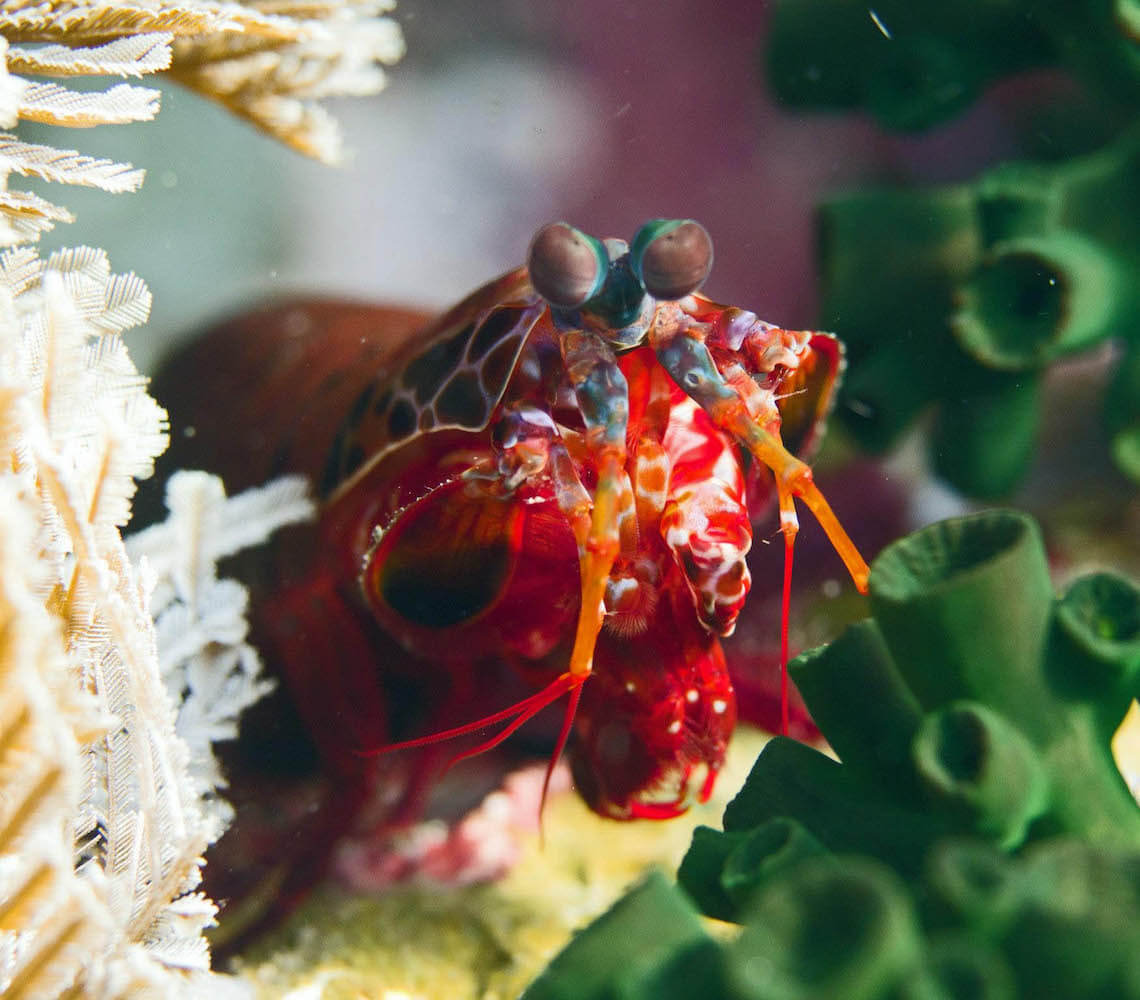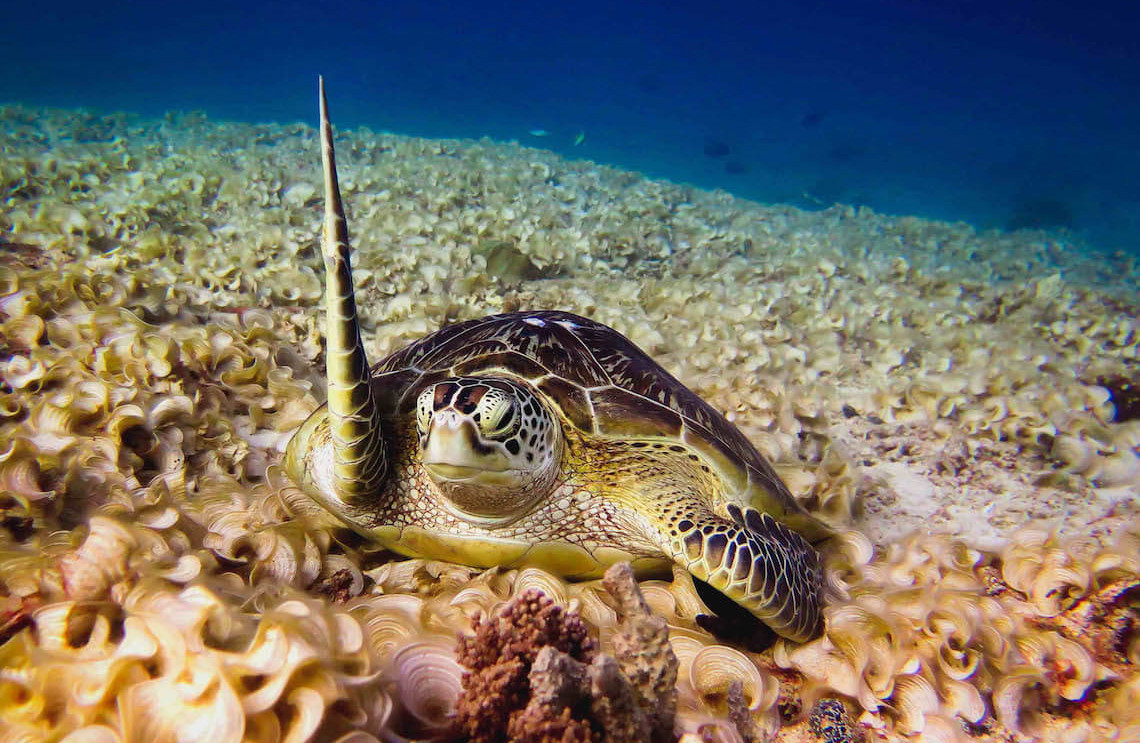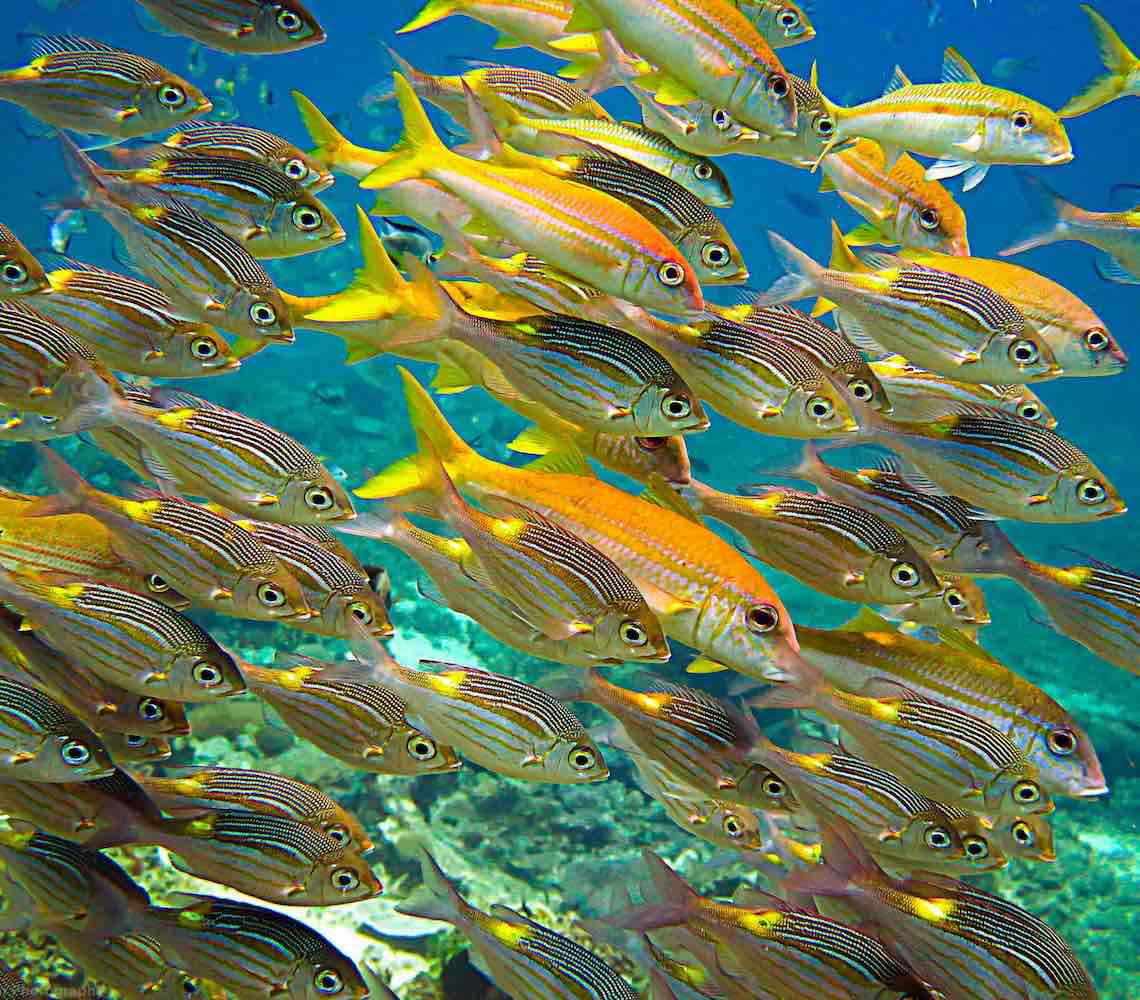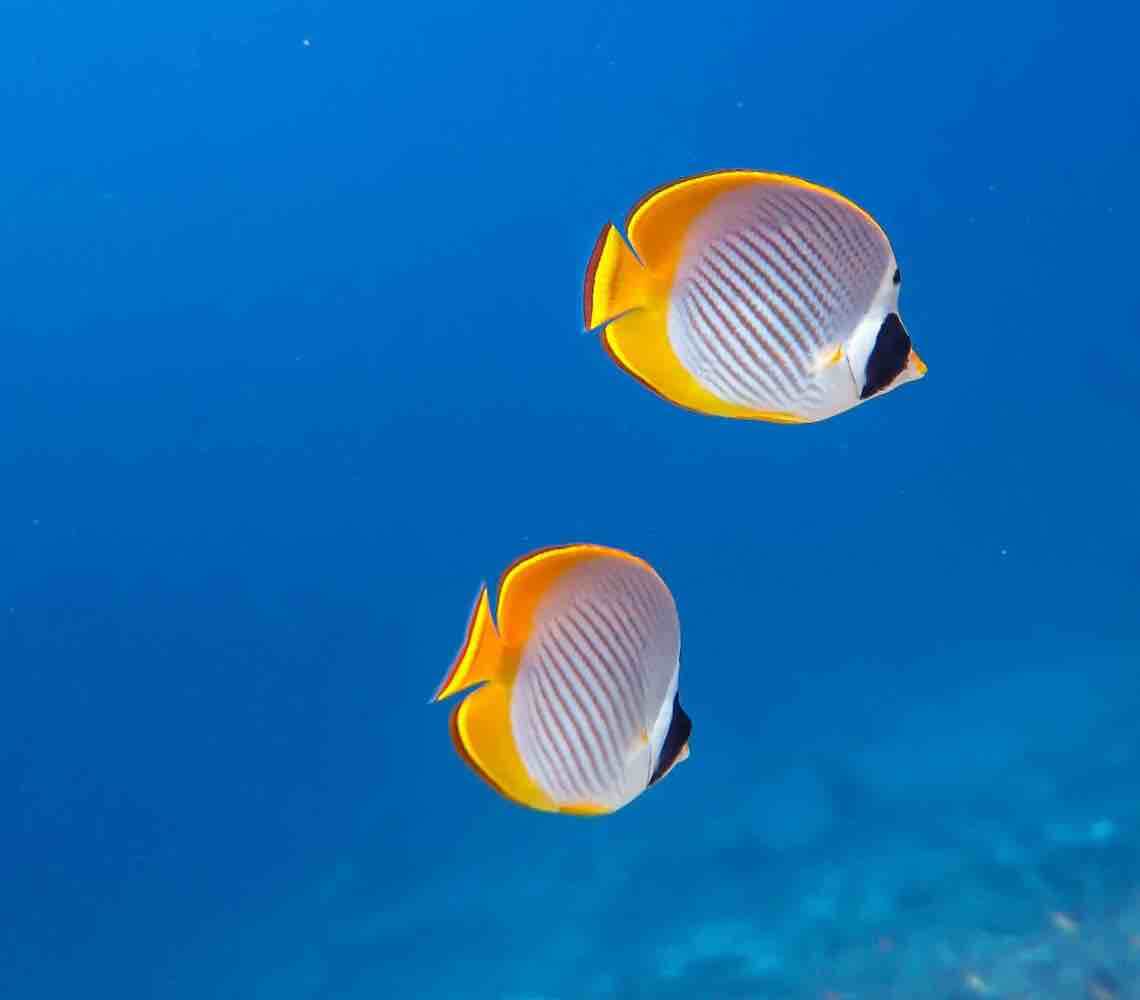the dive sites of the kuta lombok
Beautiful soft corals blanketing a shallow reef of 10-12metres.
The plateau slopes down off into the deep blue +40m for sightings of
passing pelagic fish such as skipjack tunas and Spanish mackerel.
If you are lucky, maybe even a manta or the schooling devil rays leaving the bay.
The dive site is mostly sheltered from the swell.
There can be some current and sometimes Coral Garden is the start of an amazing
drift dive all the way through Halfway House and onto Gamechanger.
If the conditions are right, it's great for first time divers.
It's even better for experienced divers looking to compare their
best dive with our world class soft coral reef and walls. Spotted so far here are
giant frogfish, eagle rays, manta rays, schooling devil rays, hawksbill turtles
and even talk about a mola mola! If you are into macro this is also a dive worth
hunting the small things in life.
Depth: 4-40m+
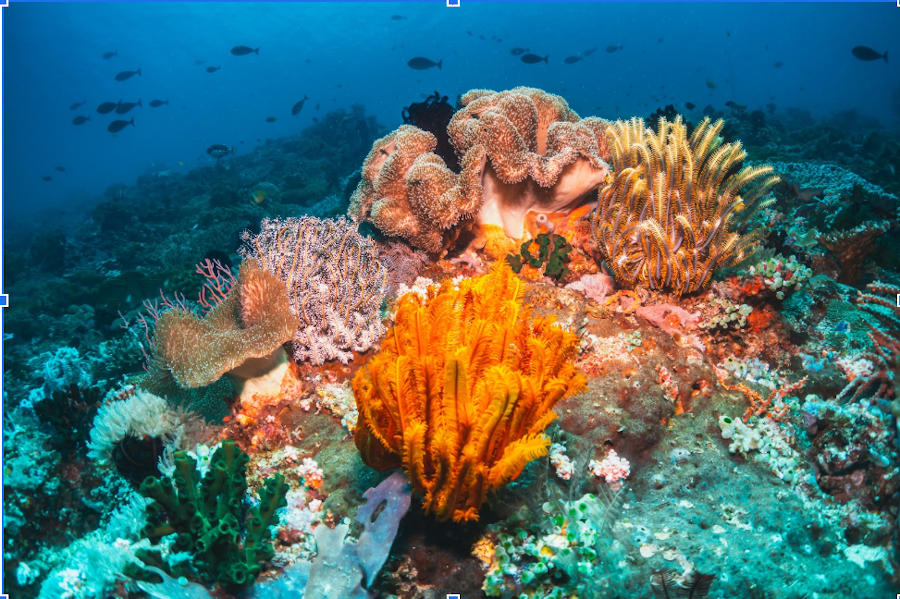
CORAL GARDEN’S slope heading in a Southern direction turns into an amazing coral filled deep wall +65m, full of fans, whip corals and sponges. Bring a torch to peek into the overhangs for resting white tip reef sharks, octopus and nudibranchs of a wide variety. Keep your eyes into the blue for dog tooth tuna, schooling skipjack tunas, snappers, batfish and eagle rays. Keep your eyes on the reef for a multitude of critters hiding within the soft corals. This can be an advanced dive but if conditions allow, newly certified divers looking to gain experience in wall diving with mild current can dive, but only if conditions allow which will be up to the dive guides discretion.
DEPTH: 4-40m+
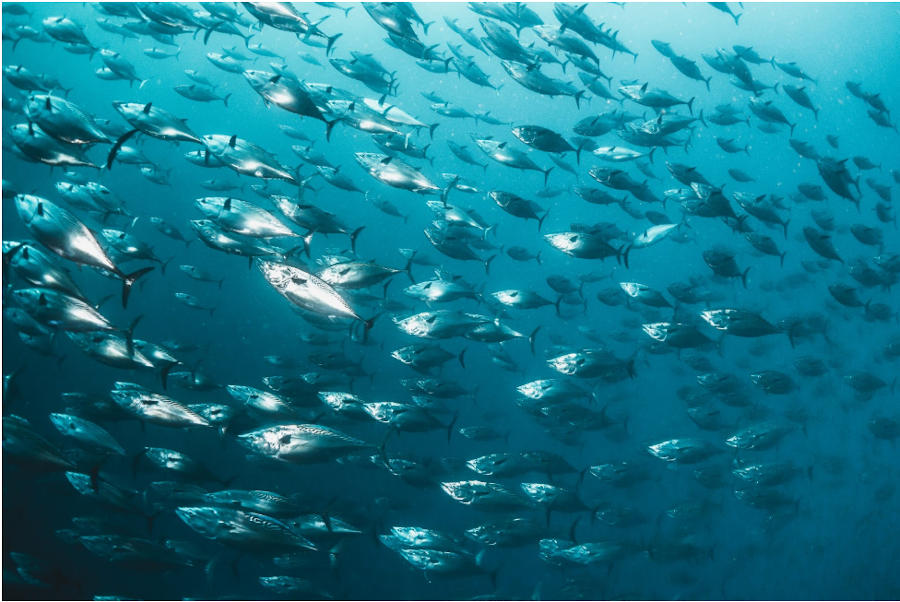
Halfway House heads towards Tanjung Ringgit's most South Eastern tip of Lombok. Sumbawa can be seen just across the Alas Strait where we have a comparable dive site called Les Arches. This is an experienced divers' playground. You will need to have your advanced certification with some experience of current. This is an amazing topography dive with steep walls, a swim through cave with the aura of the big blue. She goes down to +120m, so who knows what the depths might bring up. We have seen dolphins, schooling tunas and cownose rays with a passing eagle ray and a grouper the size of a baby whale. The steep walls hide tonnes of macro marine life but keep those eyes peeled into the blue. Sorry, we only take experienced divers here. Next stop is... Australia.
DEPTH: Surface-90m
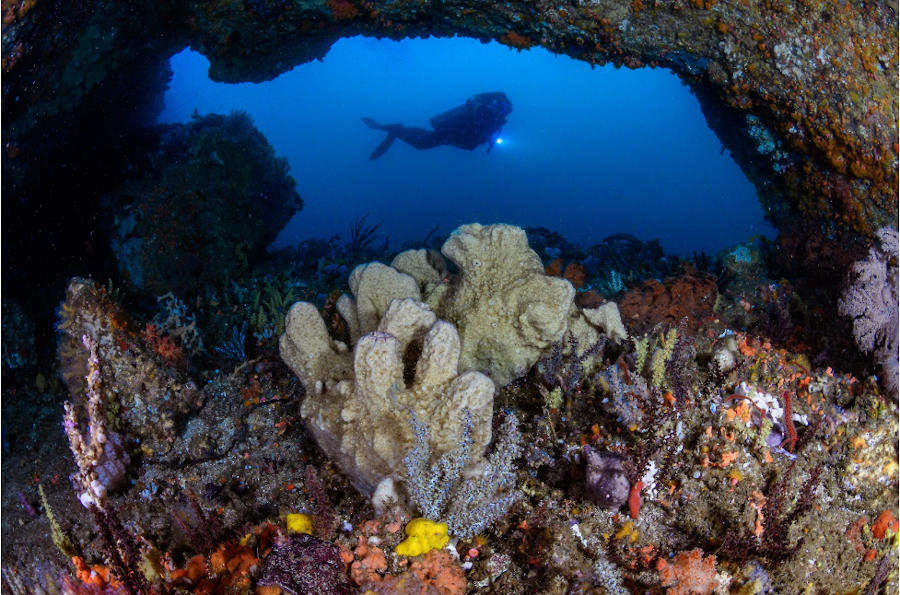
Ever heard of a muck dive? Well, our muck is stunning. This dive will probably be the best fish ID dive of your diving life. The area we dive is untouched except for the fisherman who have been here way longer than any diver. We have constructed three permanent moorings in the bay to stop the local fisherman and snorkel boats from anchoring the bay. This bay really is special, it has its own private beach only accessible by foot or boat and we are discovering new marine life every dive. Quite common are pipe fish hiding under ledges, ghost pipefish blending into the crinoids, schooling juvenile catfish and razor shrimp fish in the shallows. Nudibranchs and shrimps are everywhere. We have a secret hot spot known as spinney ridge. This is the gangster part of the dive site where you can observe a wide variety of spiny fish including the twin spot lionfish, leaf scorpion fish, stone fish, devil fish and even rhinopias. We have a school of cownose rays visiting the bay quite often. If you don’t see the rays here, you might see them at Halfway House or Gamechanger. Macro Bay is great for all levels of diver. With magic bommies housing glassfish and soft corals, the shallows are stunning and a perfect shallow dive or snorkel experience.
DEPTH: 3-30m
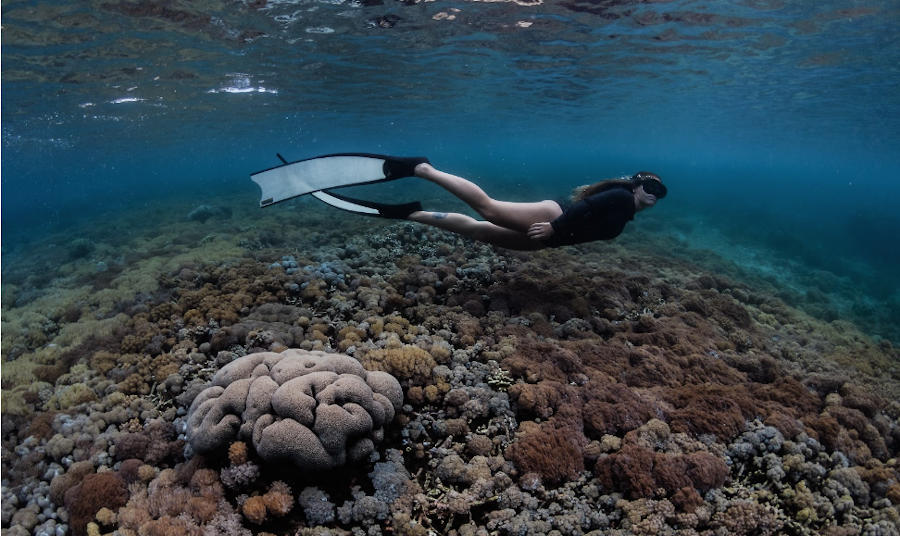
Our very first dive site. It's just around the corner from Pink Beach and links onto Macro Bay. There was talk of an underwater cave which got us really excited for the dive area. For the experienced cave divers, at high tide there is a small shallow cave that is perfect for a mini sidemount adventure. Inside is not for the faint hearted though as it’s home to several sea snakes. It’s the perfect snorkel location with stunning hard corals. We constructed a permanent mooring here to stop the snorkel boats from dropping anchor on the amazing hard coral reef. A favourite for all levels of diver.
DEPTH: 3-25m
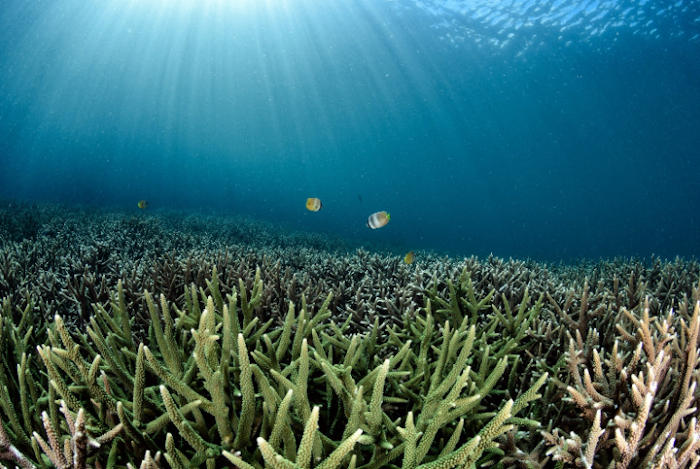
It's what it says on the tin. The mandarin fish, part of the dragonet family, is probably the most colourful fish in the sea. They are hidden within some of the healthiest staghorn corals around. Located on the edge of a local pearl farm, the surrounding bay’s protected water tends to be lower in visibility as its sheltered from the current. Hawksbill turtles are in the area so fin carefully, they are shy and not used to divers yet so they might be off in a dash. We normally dive here by request just for the mandarin fish. Open for all levels of diver.
DEPTH: 3-18m
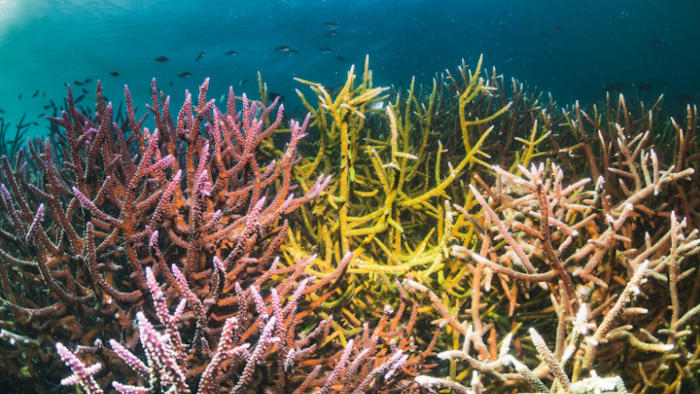
Tanjung Cumi (choomy) is a cape just off Lombok that has a beautiful hard and soft coral reef in the shallows. If you venture a little deeper to 8 metres you will find a sandy bottom with scattered bommies and staghorn corals. This is a muck dive. Expect to find sea horse (common/thorny), cuttlefish (dwarf/pygmy/crinoid), shrimps (coleman/commensal/bumble bee) , crabs (zebra/porcelain/swimmer/decorator), nudis (all types), frog fish (warty/giant/hairy), eels (ribbon/snake), spiny fish (lionfish/devil fish/stone fish/rhinopias/leafy). A shallow dive perfect for hunting and always rewarding with our talented spotter guides.
DEPTH: 3-15m
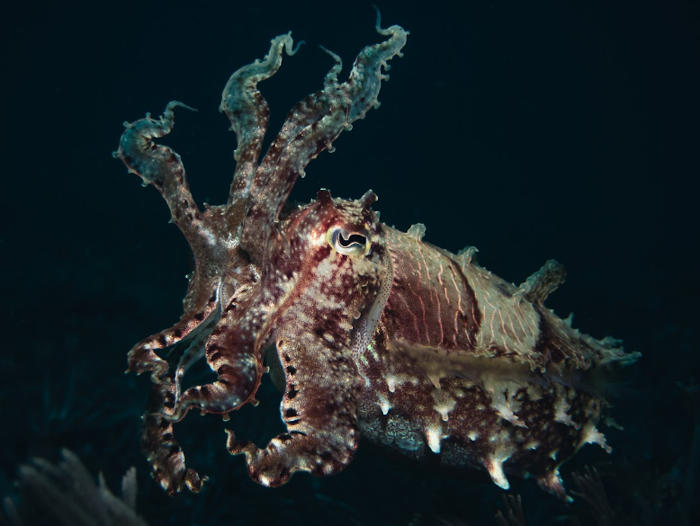
Three small islands connected by shallow sandbank/beach has recently become a favorite of our dive guides.
Nusa Tiga East has an extended shallow plateau which stretches out 400 metres with hard and soft corals.
Its gentle rubble slope heads down to 22 metres. The rubble holds a multitude of special creatures for the bucket list.
So far we have blue ring octopus with its cousin the poison ocellate. Seahorses and pipefish,
decorator soft coral crabs, rhinopias, passing mobula rays, flat worms and a wide variety of nudibranchs
and even frogfish. Try surprise your guide and find them before they do!
Nusa Tiga West's most northern point is a steep rock face that holds a huge family of hard tube coral.
It's quite fishy and has amazing soft corals along with some sand and staghorn corals for critter hunting.
This side is mostly protected from the current and is perfect for beginner divers.
DEPTH: 3-30m
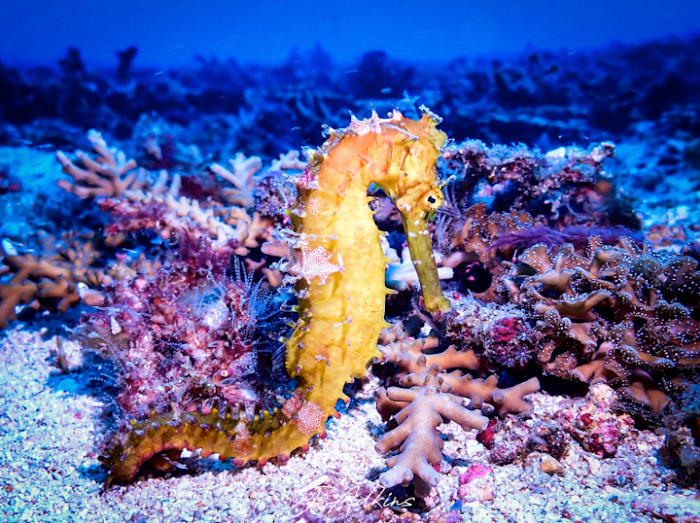
Located just outside the bay of Jeeva Beloam Beach Camp, we have a 8 metre shallow plateau with large bommies
housing glass fish, lobsters and all the reef fish in the Fish ID book. Great for first timers or experienced divers
looking for word class soft corals. Perfect for critter hunting too. We named this area Bommy Land!
When leaving Bommy Land heading south you will find Jimmy’s walls. There are two walls separated by a slope.
The Wall in the east is relatively unexplored as we have a prevailing current normally pushing us reef right.
The walls are filled with corals hiding within a multitude of critters and nudibranchs. Look out for the schooling
bumphead parrot fish or passing eagle rays.
Leading on the reef right you will explore a gentle slope which has its own mini wall leading up to the shallows.
Look long and hard under all the corals, you might find our resident coral catsharks! The slope meets an
underwater beach called Bikini Bottom. Bikini's sandy bottom hides a few secrets buried under the sand with stranded
bommy islands harboring marine life who dare to cross the sandy desert for greener pastures…
or meet their fate with patrolling Spanish mackerel or patrolling trevallies.
DEPTH: 8-40M
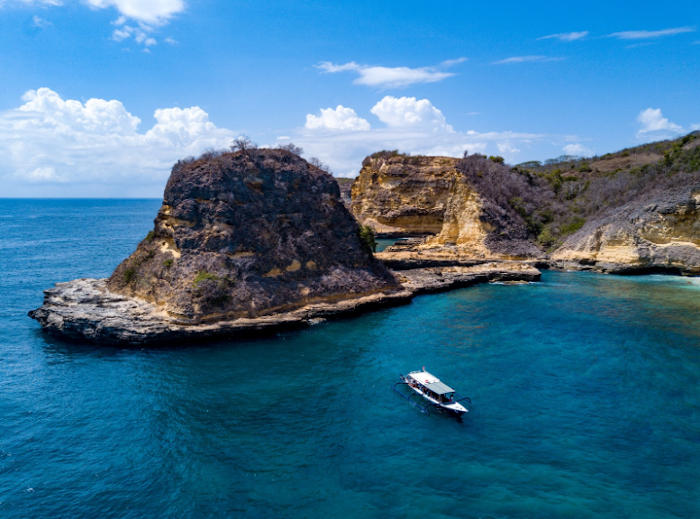
The rugged cliff face pierces the Indian Ocean from Lombok's dramatic south coast line. Tanjung Pokki (Cape Pokki) is mostly protected from the swell coming in from the South West. The dive site is backed up right against the cliff so surfacing from the dive does give a wow factor. Down under we have the collapsed cliff face and ledges that create small tight dark corners for fish to hide. The rocky bottom covered in small soft corals is great for a scavenger hunt. The wall itself is located in a shallow bay which has an average depth of 20 metres. Great for a second dive on the day trip.
DEPTH: Surface-24M
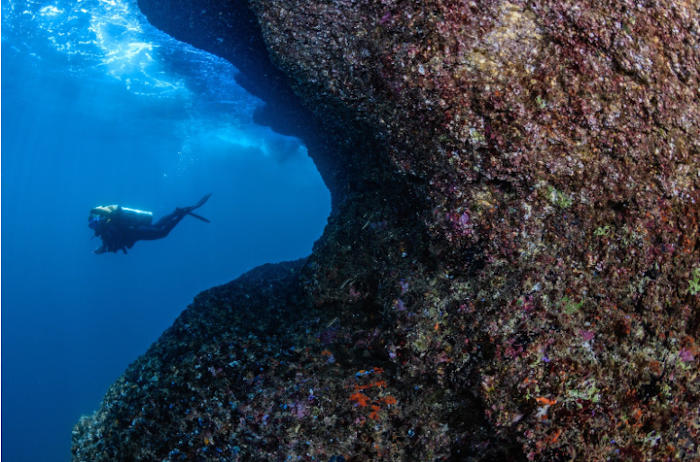
Gets its name from the massive fish eagle that we commonly see soaring above the tall island walls. It’s local name is Batu Pilar, meaning pillar of rock. At the island's base is a rocky section around 10 metres. It has some amazing topography with a swim through arch-cave, donut swim through a techno coloured coral wall. The base extends out to what is the size of a football field at 14 metres. This football field is covered in soft coral and green balled seaweed. A few bommies here are housing the right fish for a seasonal manta cleaning station. At the end of the field, over to the South side is the drop off. Don’t worry, it’s only 35 metres down there. The wall houses a wide variety of critters and nudi branches. Will you find the harlequin shrimps? While hunting the wall don’t forget to look out into the blue for passing pelagic.
DEPTH: 6-40M
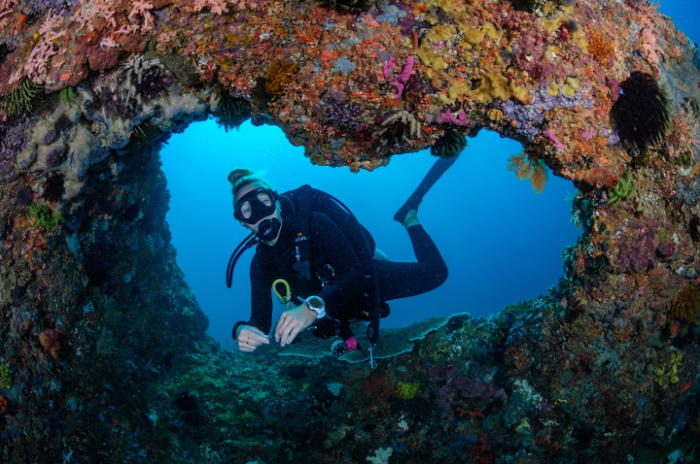
Translated to rock island. It’s simply a rock penetrating the surface out in the blue. It’s actually the tip of a broad underwater hill 80 metres high and 2.5 kilometres from Lomboks shore line. The cliffs of Ekas are right there in the background and you really do feel as if you are in the middle of the ocean. It’s an experience for advanced divers ready to handle some current and surge. It’s a big fish dive site, expect some reef sharks, tunas and if you are lucky, schooling mobulas.
DEPTH: Surface-40M
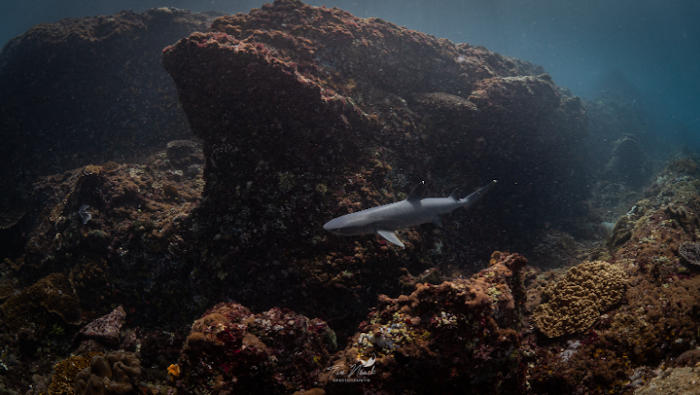
This is a “Komodo” style dive site. A quick or negative entry into the current splitting around this island in the middle of the strait. The entry will bring you to the wall hopefully with your dive buddy. Fighting against the current here is key to observing the large schooling fish. We do this by holding onto the large boulders which add to the topography. We hold on with two fingers or with assistance of a well placed pointer stick. You can hold onto your guide's hair for last resort measures. At around 32 metres the plateau drops down to 100 metres. As you drift towards the lee side of the dive site you may encounter mass schooling amberjacks, giant trevally, skipjack tunas and barracudas. Mixed up in all that are the big guys like dogtooth tunas, Spanish mackerels and reef sharks. Probably the best 20 minutes of your life. We drift the wall for about 300 metres at an average depth of 25 metres where the wall ends and becomes a gentle sloped plateau. Here you might find a strong back eddie which prevents you from exiting the current. No Problem, this is where we find the resting bamboo sharks and the barracudas can always come around for a second time.
DEPTH: Surface-40M
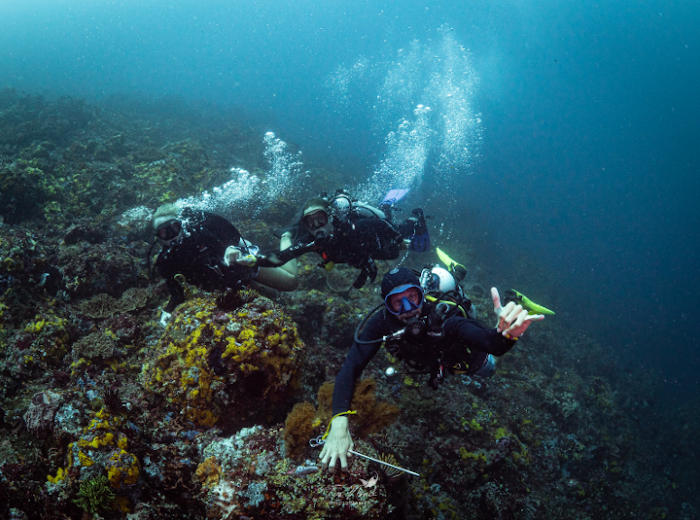
Marsha reef expands from Marsha Wall. For those wanting to hide from the current, on a rising tide there is an amazing plateau filled with hard and soft corals of the lee side. Closer to the island's edge if you creep over to the current line we have some steep walls. Here we have found our spirit animal, the Blue Marlin!! Look out for skipjack tunas, mackerel, covered in soft coral and shallow reef to tickle the senses. Marsha’s reef is located on an island in the Alas Strait. You can see Sumbawa closer than before and Mt Rinjani in Lombok might be seen penetrating the clouds. The island is forested with steep walls, hiding or soaring above the trees are sea eagles so do take care with wanting to get a drone shot.
DEPTH: 3-40M
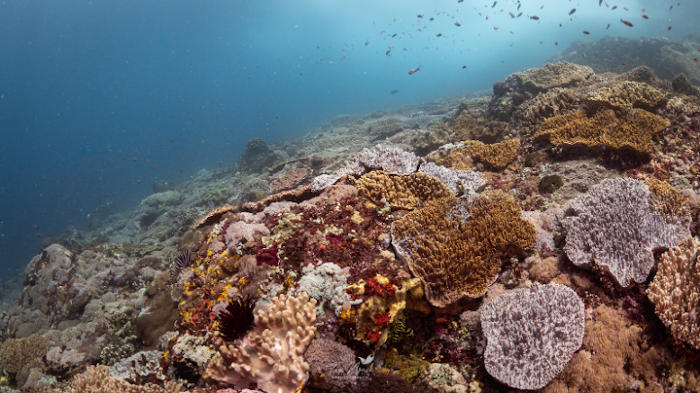
Our very own seasonal manta cleaning station! In season we have seen four or more manta rays both on the surface snorkeling and while diving. The cleaning station is a collection of underwater bommies that house the butterfly fish and cleaner wrasse. The reef is covered in beautiful soft and hard corals in the shallows. When venturing deeper and further out, the reefs shelf has collapsed and formed some topography which looks like a city ruins. Have a torch handy in this area to explore the swim throughs and overhangs with patrolling reef sharks, mobula rays and colourful reef standards like sweetlips, snappers and angel fish. If mantas are not around we have resident white tip reef sharks, sting rays and thousands of anthias. If you are a nudi hunter this site has an area described by its founder, Nudi heaven. Above the water, Mantahari is one island of two joined together with a shallow reef. That section under the water is a raging 8 metre deep river comparable to Komodos famous dive site ‘The Cauldrons Shotgun’. A short strong drift through the channel is like flowing water through WW2 trenche with black tip reef sharks and scurrying fish. This entry into Mantahari is only for the drift diver enthusiast looking for some fun and adrenaline. The islands have steep sides and small jungles on top which are home to the often seen fish eagles. Bring a camera!
DEPTH: 3-26M
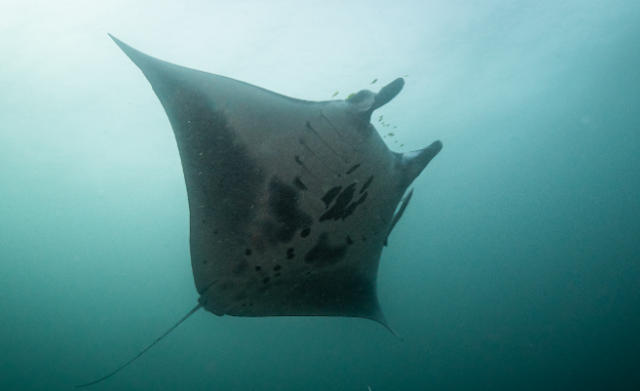
A delicious topography dive on the corner of Mantahari’s bigger island. The island's corner is exposed to the Alas Strait. It has steep walls dropping right down to the Straits bottom. The current and swell over the years have eroded and carved formations to produce a dive to remember. Above the water you have steep walls and in the shallows a small bay in the protected lee of the current while on a falling tide. It's got curves and edges with all the standard overhangs and even a deep pinnacle starting at 37 metrees. The shallows are covered in pristine sponges and soft corals with scattered boulders and swim through arches.
DEPTH: Surface-60M
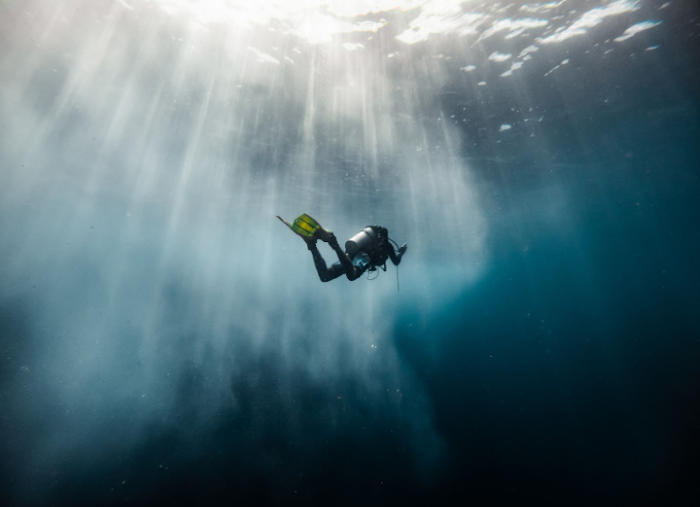
Our new Favourite! ‘Gamechanger’ will forever be in our hearts but with the addition of our new speed boat we have been able to explore more of West Sumbawa’s coast line. What we have here on the corner of a bay is a huge swim through connecting the bay to the open ocean. It's massive! Several arches can be observed and you can easily fit 10 divers while exploring the topography, nooks and crannies. If you are first in you might find some schooling giant trevallies. We have torches to help you enjoy the moment. The top of the ceiling is 4 metres where there is a small opening to squeeze through either going into the dive or exiting. Only if you have great buoyancy. The bottom is only 14 metres. What a perfect structure to explore. The Cave/swim through is a dive in itself. If you venture out and down the steep walls of the bay you can find 40+ metres. Down there we have huge boulders attracting schools of snappers and surgeonfish. When swallowing up from this section you will swim up and through Audrey's Arch. From here you can easily head back to Les Arches and finish the dive there. Alternatively if you shallow up from there, hidden against the bay's walls are a network of sea caves and swim throughs. If you are lucky enough to find Simon's arch, you will be passing through the discovered passage that the godfather of Blue Marlin Dive found. Pat yourself on the back if you go through here, it means you have amazing buoyancy and air consumption to match that of Simon's. We have a surprise for you when surfacing after this point. For those who do not have experience in overhead environments the surrounding reefs are teeming with life and beautiful soft and hard corals.
DEPTH: 3-40M
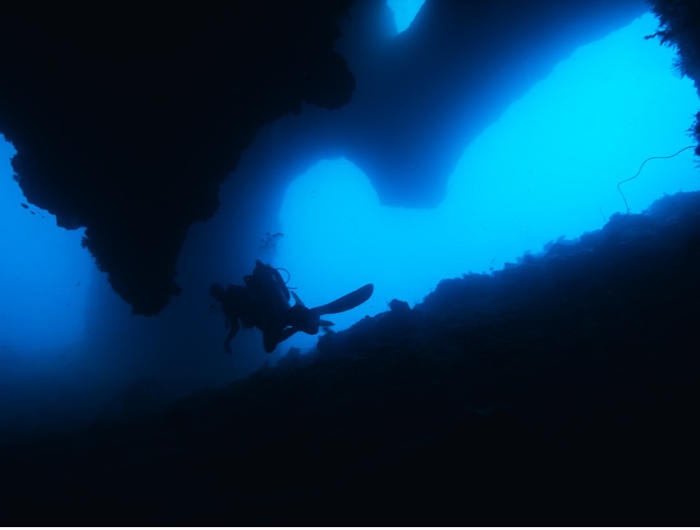
Black sand any one? Fringing the Southern entrance to the bay there is a boulder field with sharks snaking in and around the giant obstacles, golden trevallies hunting, surgeon fish schooling. The immediate area is volcanic and produces black sand and rock which gives amazing contrast against the soft corals with nooks and crannies for hiding critters. We are very lucky to have the multitude of ‘macro’, our guides while all trained in Komodo National Park are still discovering new creatures. Every dive is exciting.
DEPTH: 3-25M
